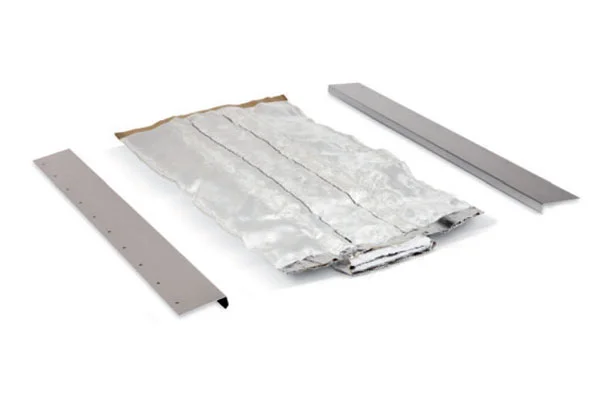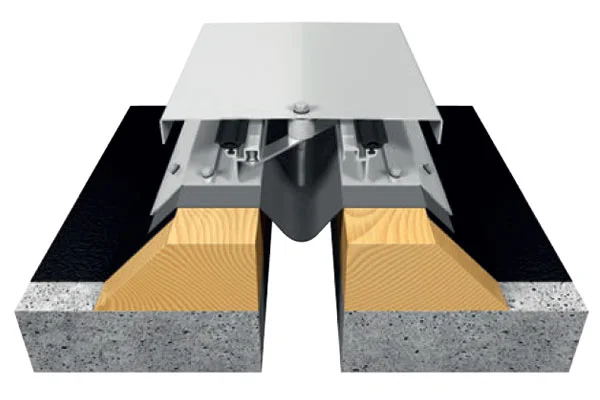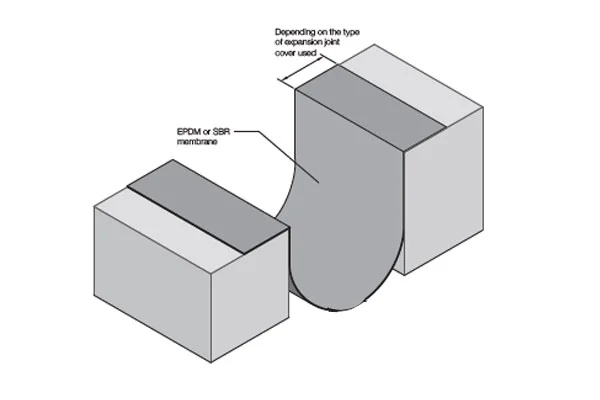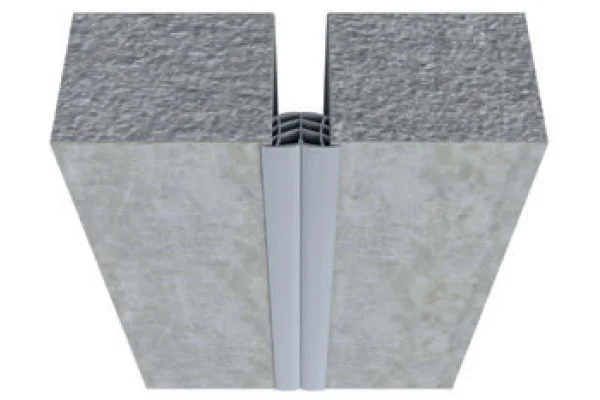When it comes to keeping your basement dry, there’s lots of advice out there but, unfortunately, not all of it is accurate. Misconceptions about basement moisture and waterproofing can lead homeowners to delay repairs, waste money on quick fixes, or overlook early warning signs. Let’s bust some of the most common basement waterproofing myths and set the record straight.
The Top 5 Basement Waterproofing Myths Busted
There are a lot of misconceptions and bad information about basements and basement waterproofing methods. Our experts have worked with all types of basements and seen all types of problems. We know how to address these problems to create long-lasting, effective solutions. We also know the signs and symptoms of issues better than anyone.
Unsure about issues in your basement? Call the experts!
Call 1-800-782-9379 or schedule consultation online today
Myth #1: If There’s No Water, There’s No Problem
It’s easy to assume that a dry basement means everything is fine, but that’s not always the case. Moisture problems often start small and silently, hiding behind walls or under floors. You might notice a musty smell, peeling paint, or slightly damp corners (like cove joints) without any visible water pooling. These can all be signs of a deeper issue brewing.
In reality, by the time you see standing water, the problem may already be serious. Early detection is key. Early inspections, especially after heavy rain, and checking for subtle signs of moisture can help you catch and fix small issues before they turn into costly repairs.
Myth #2: I Just Need a Coat of Waterproof Paint
Waterproof paint might seem like a simple and affordable solution, and it can be helpful, but it’s not a long-term solution. It’s important to understand what waterproof paint really does, and what it can’t do. These paints are surface treatments that may temporarily block moisture from appearing on walls, but they don’t address the underlying cause of the water intrusion.
If you notice water seeping through foundation cracks or hydrostatic pressure pushing moisture into your basement, a coat of paint won’t solve the problem. Effective waterproofing usually involves a combination of drainage improvements, crack repair, sump pumps, and sometimes even exterior work to redirect water away from your home.
Myth #3: A Sump Pump Guarantees a Dry Basement
Sump pumps are a powerful tool in the fight against basement flooding, but they aren’t magic. They only remove water that has already made it into the sump pit and, if your basement isn’t properly sealed or drained, water can still cause damage before it ever reaches the pump.
Sump pumps also rely on electricity, which means they can fail during a power outage unless you have a battery back-up or water-powered system. Plus, pump malfunctions and clogged discharge lines can render the system useless, especially common when you have hard water or iron algae. A sump pump is just one piece of a complete waterproofing strategy, not a stand-alone solution.
Myth #4: Basement Waterproofing is Only Needed in Older Homes
It’s true that older homes may be more prone to water issues due to aging foundations or outdated drainage systems. But that doesn’t mean new homes are immune. New construction can still suffer from poor grading, faulty installation of foundation drains, improperly sealed window wells, or cracks from cold joints due to poor concrete integration during construction.
Even if your home is brand new, it’s a good idea to monitor the basement and take proactive steps to ensure it stays dry. In fact, addressing potential water issues early in a home’s life can help avoid mold, foundation damage, and costly repairs down the road.
Myth #5: All Basements Have Moisture Problems
Many homeowners resign themselves to the idea that some dampness is just part of having a basement. While basements are naturally more humid than other parts of the house, persistent moisture is not normal and it shouldn’t be ignored.
A properly waterproofed basement can and should stay dry all year long. If you notice recurring dampness, it’s worth investigating the cause. From poor ventilation and clogged drains to foundation leaks, there are real solutions available. You don’t have to live with a musty, damp basement.
Don’t Fall for the Myths—Get the Facts
Basement waterproofing doesn’t have to be confusing or overwhelming. By separating myth from reality, you can make smart decisions that protect your home and your peace of mind. If you’re dealing with a damp basement—or you just want to make sure you’re protected—talk to a trusted waterproofing expert. Give us a call at 1-800-782-9379 or schedule a no-cost assessment online today.













